The Santa Marta mountains are more than just a group of peaks; they are a magical mix of biodiversity, old culture, secluded settlements, and breathtaking beauty.
The Sierra Nevada de Santa Marta, often known as the Santa Marta Mountains, are the tallest coastal mountain range in the world. They rise from sea level to snow-capped summits in less than 50 kilometers.
If you want to go on adventures that aren’t well-known and learn about other cultures, the Santa Marta Mountains might be the perfect place for you to go next.
The Santa Marta Mountains are perfect for those who enjoy nature, real life, and a challenge. This isn’t a fancy vacation; it’s real, raw, and unforgettable.
Adventure seekers will love this site because it has trails that lead to the Lost City (Ciudad Perdida).
People that love culture: The Kogi and Wiwa are still living in these mountains.
Photographers and artists: Landscapes change from cloud forests to snowy peaks—it’s a visual feast.
Spiritual Travellers: The santa marta mountains have a really holy energy.
Eco-Conscious Travellers: This is the place for you if you care about the environment.
Where to Stay Close By
There are some fantastic places to stay near or in the Santa Marta Mountains, even though they are rough.
Ecohabs Tayrona: A high-end eco-lodge in Tayrona National Park with great views.
El Dorado Nature Reserve: A birdwatcher’s dream come true amid the cloud forest.
Minca is the village that leads to the Santa Marta Mountains. It has hostels, eco-resorts, and mountain lodges.
If you’re hiking to the Lost City, Teyuna Camp is a simple but excellent place to camp in the jungle.
Casa Elemento is known for having the biggest hammock in the world with great views.
Where and What to Eat
In and around the Santa Marta mountains, food is simple and based on local traditions:
Bandeja Paisa is a filling Colombian dish with beans, rice, plantains, and beef that is great for hiking.
You may get arepas with cheese at roadside stands in Minca.
Fresh Fruit: These mountains have a crazy amount of different fruits, such guanábana, passion fruit, and mangoes.
Coffee from the area: Minca’s coffee, which is cultivated in the mountains, is rich and smooth.
Wiwa-Prepared Meals: If you can eat with an Indigenous guide, do it. It’s a detailed look into culture.
The best places to take pictures and post on Instagram
The Santa Marta mountains are a great place to take pictures. Here’s where to point your lens:
📸 Lost City Ruins—these terraces, which are covered in moss, are beautiful at sunrise and were built before Machu Picchu.
📸 Mirador 360 (Casa Elemento) – The best place to see the top of the trees in the forest.
Pozo Azul and Marinka Waterfalls are beautiful, jungle-backed falls close to Minca.
📸 Sunset over Tayrona Park It’s unforgettable from the upper ridges.
📸 Kogi Villages—Only with permission, but paramount pictures.
What People Who Live There Say About the Santa Marta Mountains
People in the area have a lot of regard for the Santa Marta Mountains. The Indigenous people think of them as the heart of the world, where balance must be kept. Tour guides and villagers often talk about the spiritual connection they have with the area and stress the need of leaving no trace. People claim that the mountains will grow on you, so you should remain longer than you planned.
And they are right.
Common Tourist Mistakes (and How to Avoid Them) Not realising how hard the trek would be – It takes a lot of work to walk to the Lost City. Get some practice in before you travel.
❌ Bringing Drones—Drones are not allowed in many places, especially near Indigenous territory.
Assuming Wi-Fi is Available—There isn’t much of a signal in the deeper Santa Marta highlands.
Throwing trash or littering is a horrible thing to do in such a holy site.
Booking at the Last Minute: Tours to the Lost City and guided treks often sell out.
Tips for Smart Budgeting 💰 Go on group treks— They’re less expensive and a terrific opportunity to meet other people who are travelling.
Stay in Minca; it’s more cheaper to stay here than in seaside towns.
Eat Local: Small, family-owned restaurants and arepa booths are tasty and cheap.
💰 Book Combo Experiences: Some lodges have packages that include meals, hikes, and stays.
Bring cash—only a few places in the Santa Marta mountains accept cards.
Things to remember while packing for the Santa Marta Mountains Lightweight hiking gear includes garments that wick away moisture, hiking boots, and a rain jacket.
Insect Repellent—Mosquitoes adore this weather.
Headlamp or torch: Power shortages and walks at night are typical.
Water purifier or tablets: It’s better to be safe than sick in the bush.
Dry Bag: This keeps your electronics safe when you pass rivers or it rains.
The Santa Marta Mountains aren’t your standard work-and-wifi place, yet they are friendly to remote workers and content creators.
There are cafés in Minca with good internet where you may check your email or plan your posts.
El Dorado Reserve and Casa Loma are quiet, imaginative places where you can get a signal every now and then.
This category is GOLD for content creators that want to express stories about nature, wildlife, culture, and being eco-friendly.
You can go off-grid, but you’ll come back with a lot of good stuff.
Extra experiences nearby 🌊 Tayrona National Park: Go hiking in the mountains and then spend time on the beach.
Palomino is a laid-back beach town where you may relax after your walk.
Coffee Tours in Minca: Find out how the beans get from the plant to the cup.
🏄 Surfing at Costeño Beach: After your alpine excursion, ride the waves on the Caribbean coast.
🗿 Ciudad Perdida Trek: The best part of the Santa Marta highlands. A 4-6 day walk that will make you feel good.
Respect Checklist (Cultural and Environmental Etiquette) ✅ Do not take pictures of Indigenous people without their permission.
Stay on the trails that are designated.
Don’t use plastic; instead, carry a water bottle and cutlery that you may use again.
Respect regions that are tranquil and holy.
Always do what your guide says, especially when you’re around wildlife and villages.
How the Santa Marta Mountains Have Changed Over the Years
A long time ago, the Santa Marta highlands were mostly off-limits because of fighting and being hard to get to. They are now becoming a paradigm for eco-friendly tourism. Indigenous people are now directly involved in running tours, showing guests around their holy places and sharing what they know about their ancestors.
But tourism can be bad for business. Conservation initiatives are robust, but they require travellers who are responsible. The santa marta mountains are still wild and beautiful, and they should stay that way.
My own experience and final thoughts
The trip I took through the Santa Marta mountains was more than just a walk; it changed me. Every stride I took through the jungle, every chat I had with a native, and every calm morning I spent looking over foggy ridges left a lifelong mark on me.
I took a swim in waterfalls, saw toucans swoop by, and heard stories from people who see the world as more than just a home. The Santa Marta Mountains pushed me physically, moved me spiritually, and gave me something I didn’t even realise I was looking for: peace.
The Santa Marta Mountains are calling you if you want a trip that goes beyond the checklist and into your soul.
📍 Where: Northern Colombia 🏞️ The best time to go is from December to March, which is the dry season. You shouldn’t miss the Ciudad Perdida Trek, the sunsets in Minca, and a Kogi cultural tour.
Let the Santa Marta mountains take your breath away, and give it back as something even better.

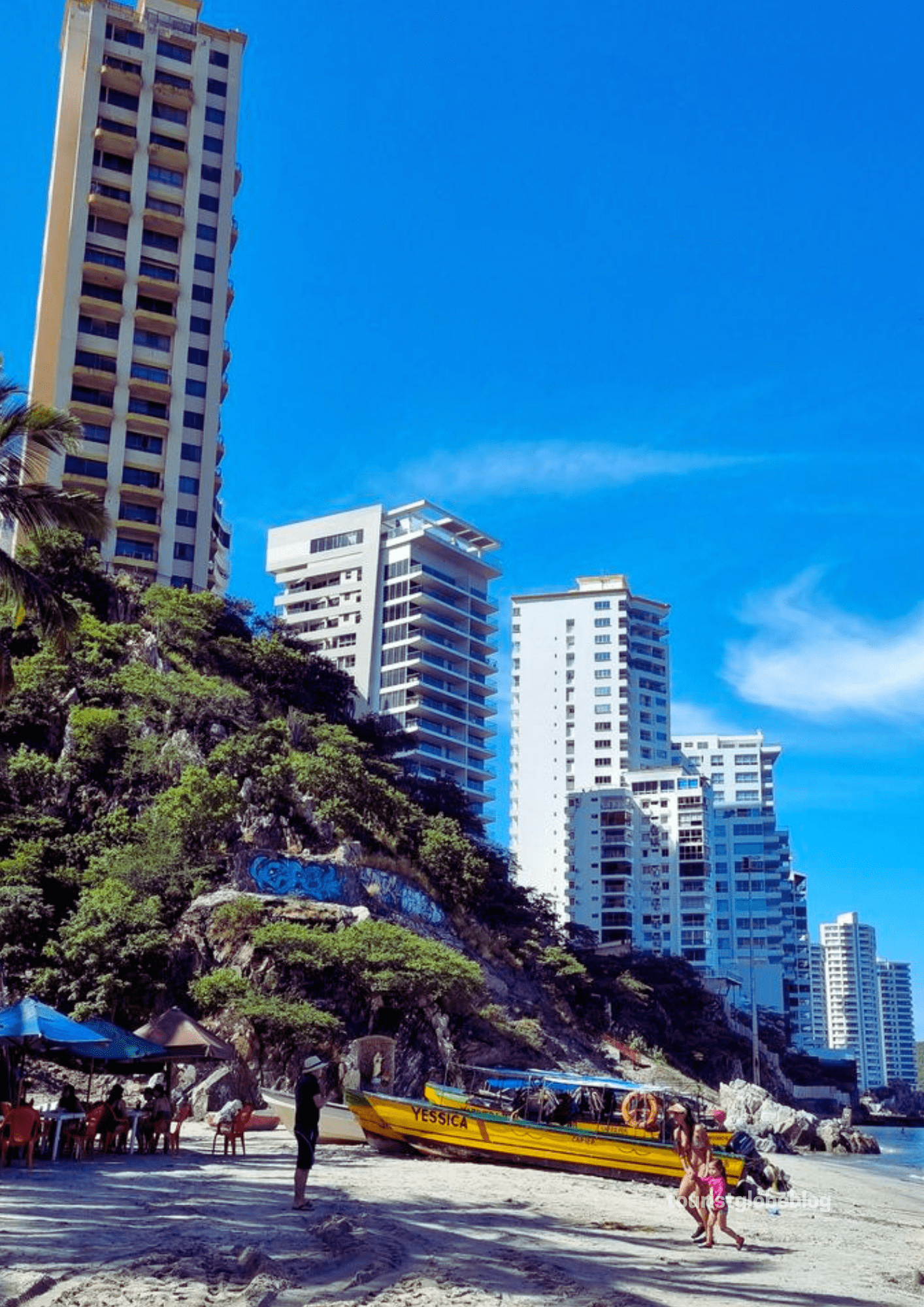
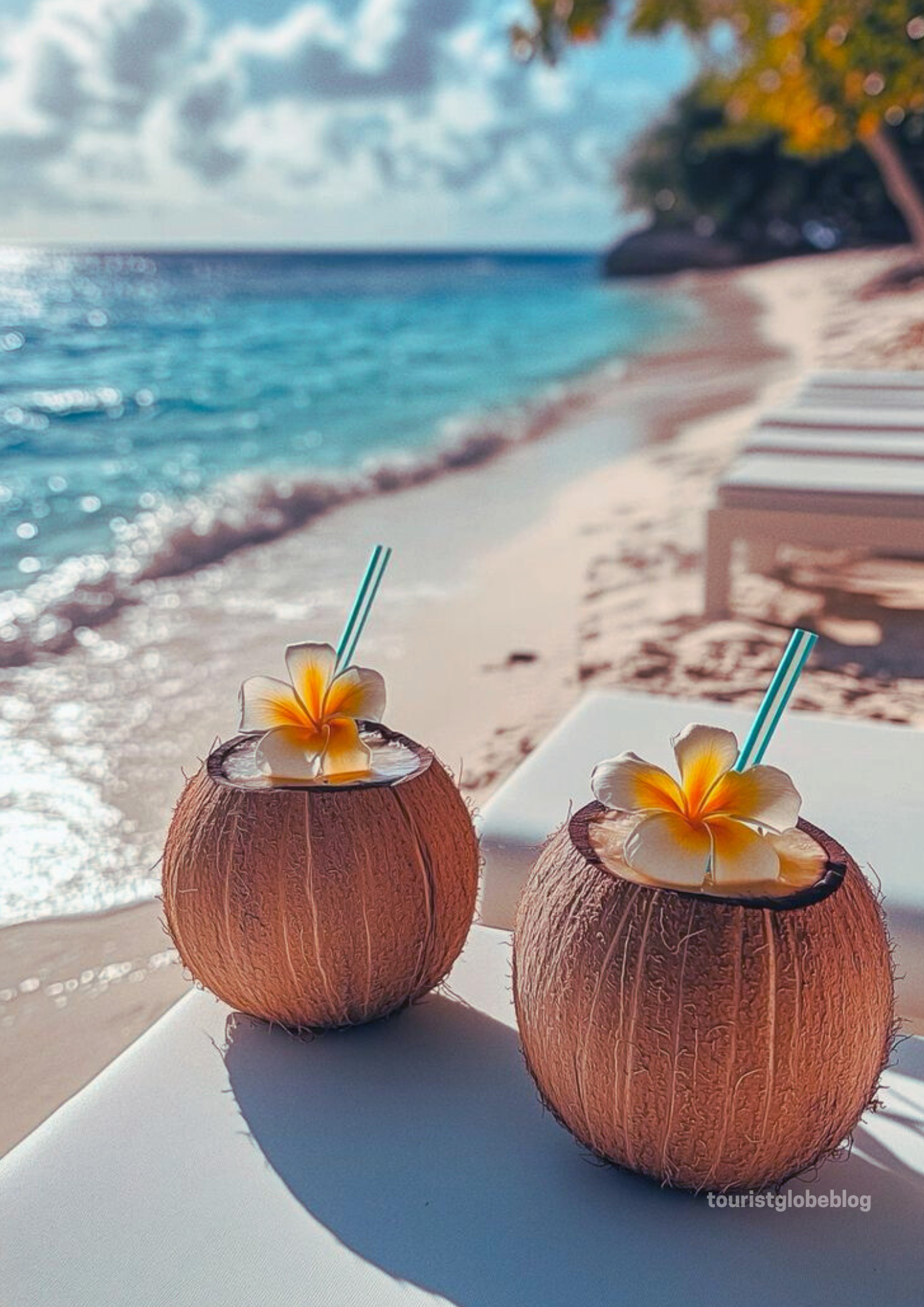
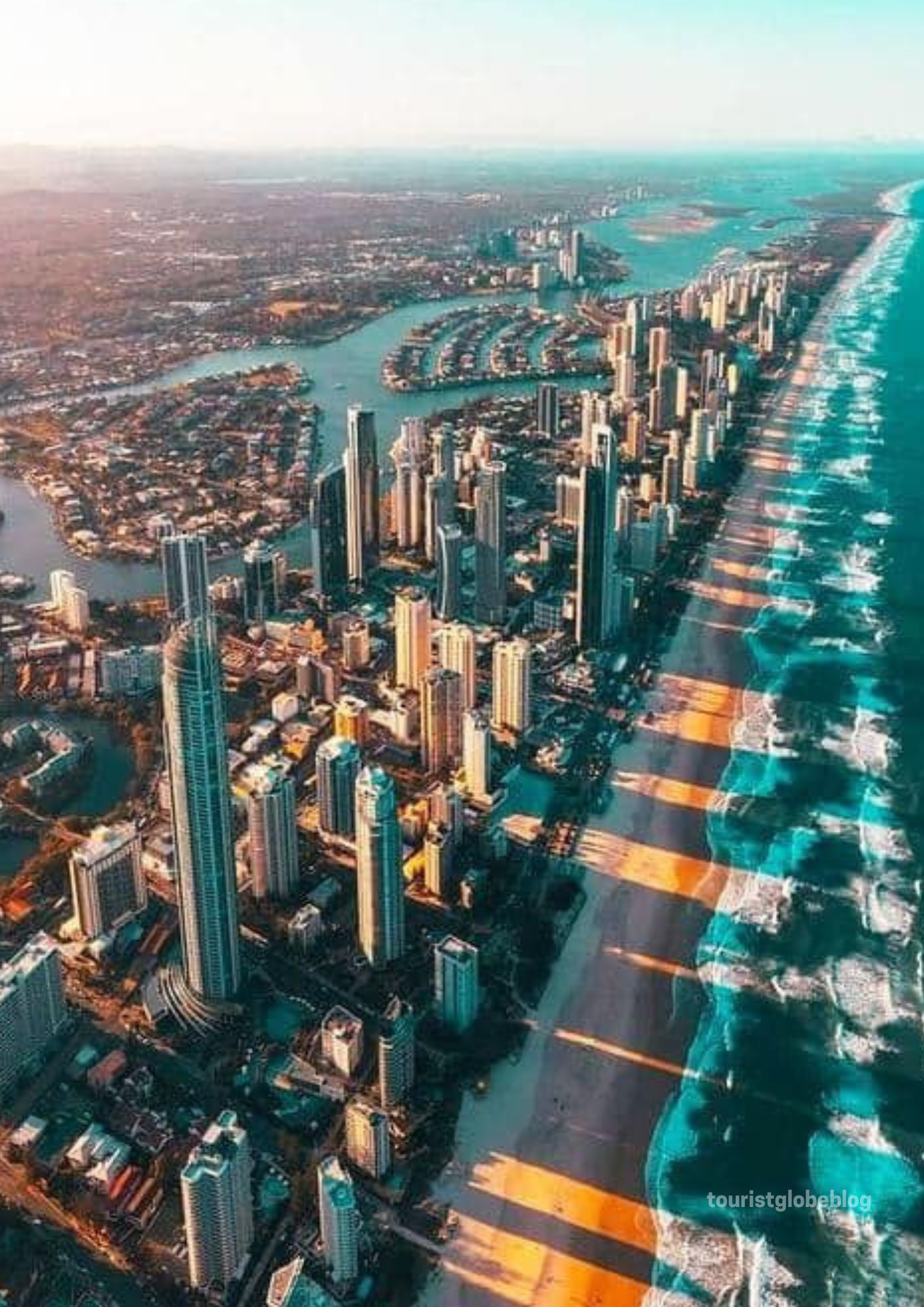
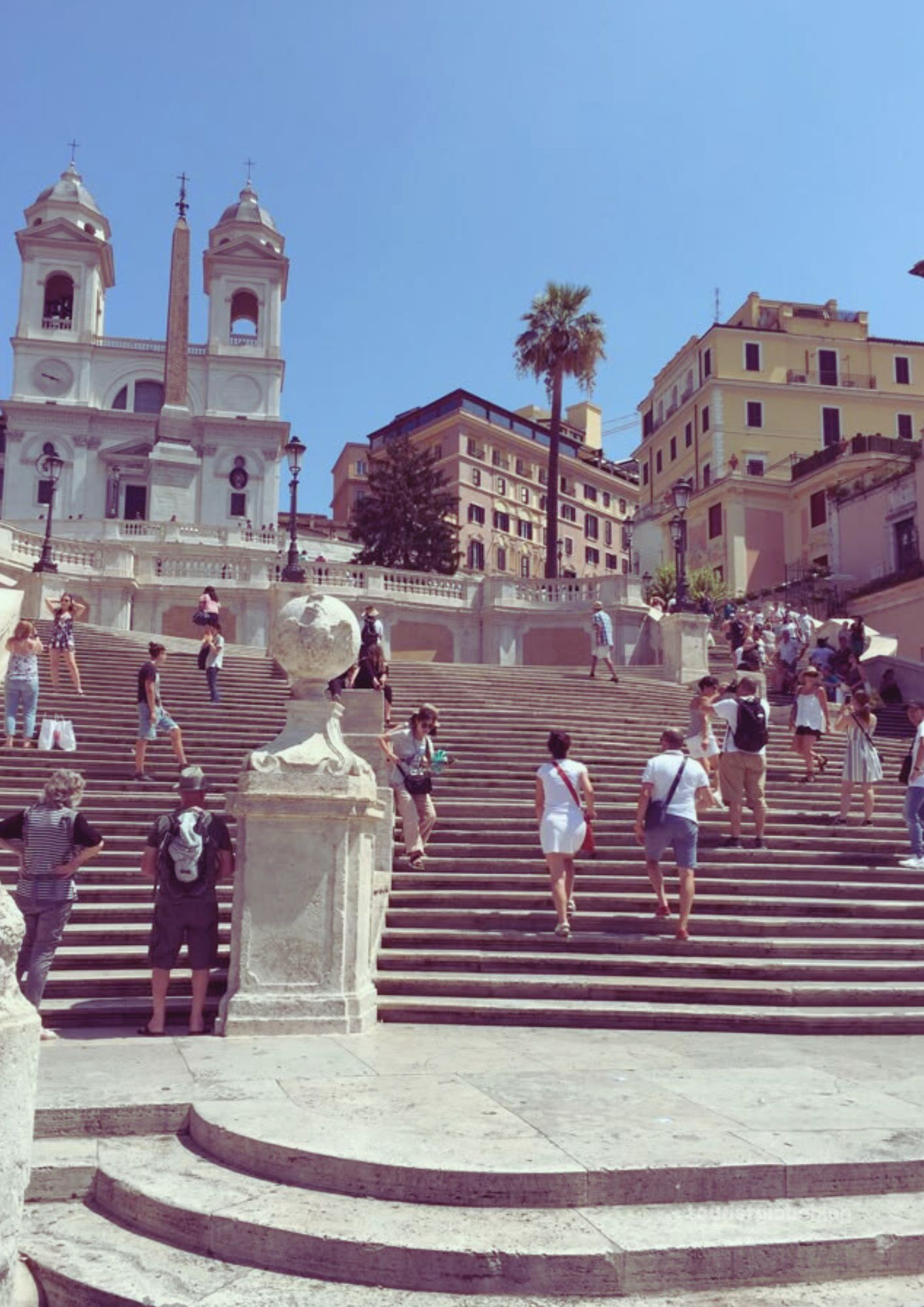
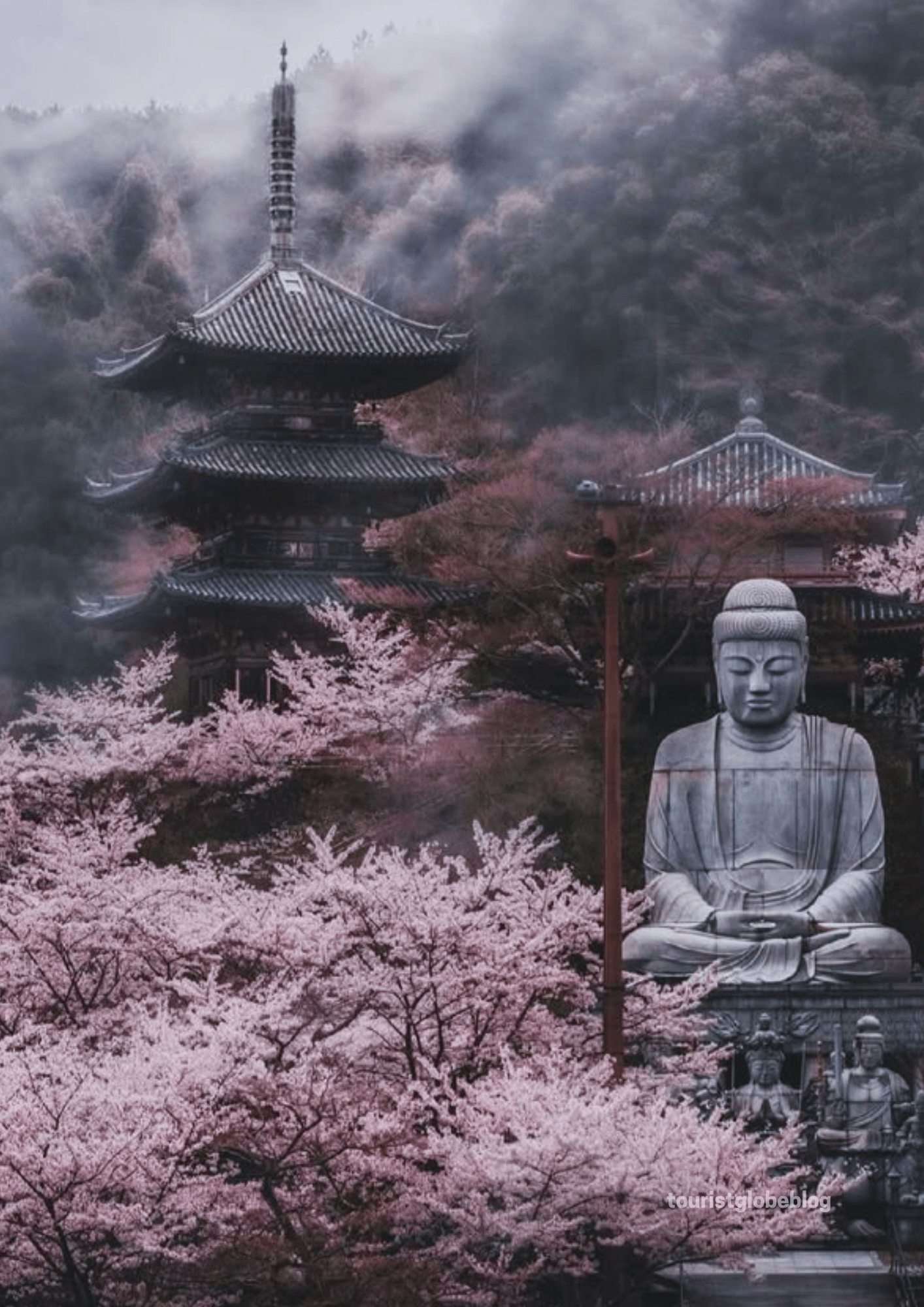
2 thoughts on “Santa Marta Mountains: Colombia’s Wild Jewel”
Comments are closed.